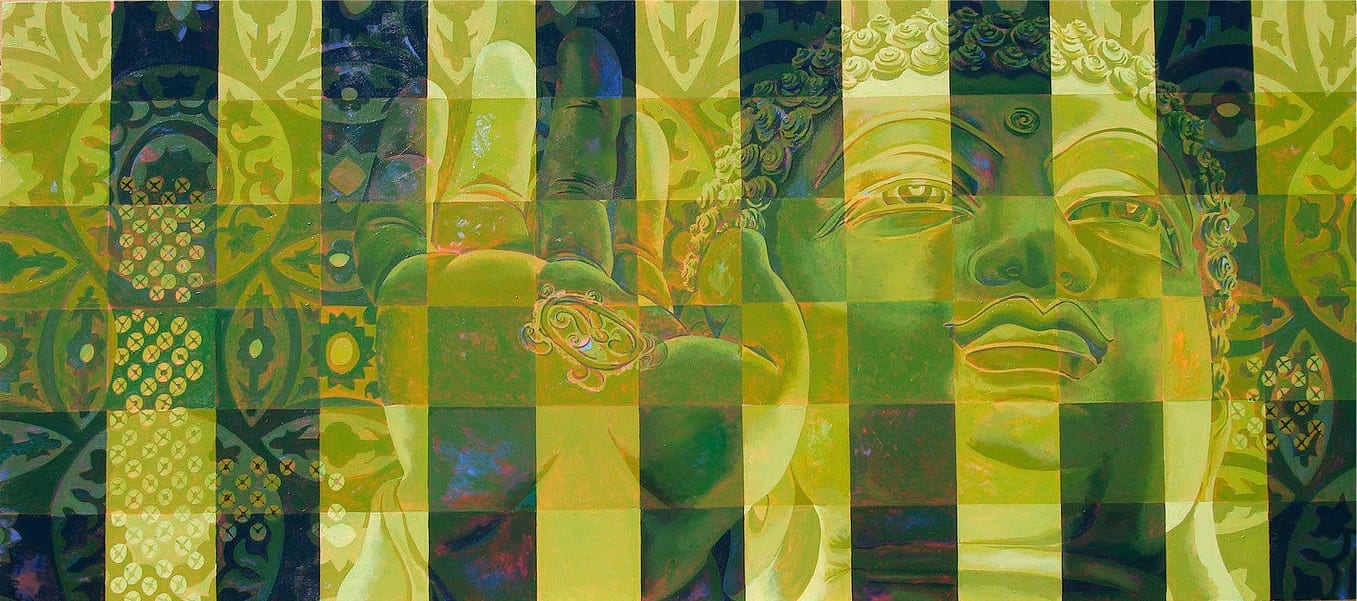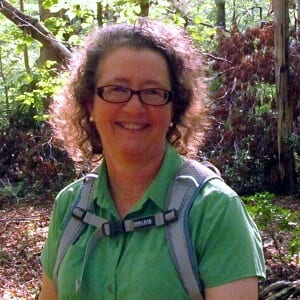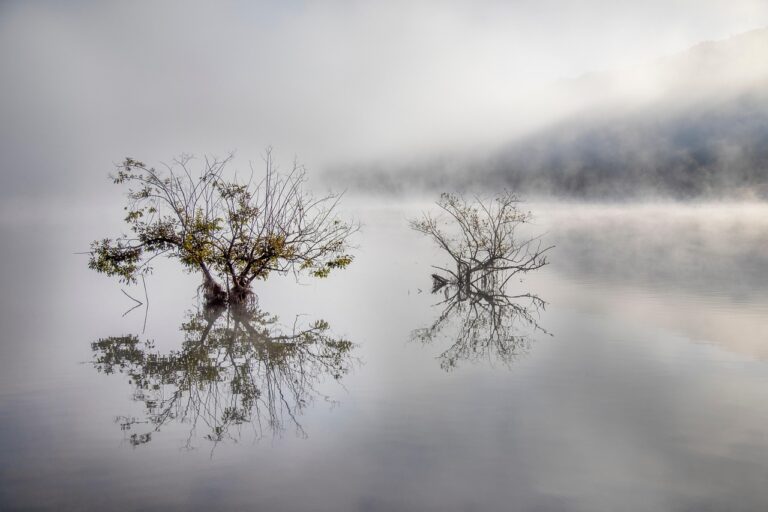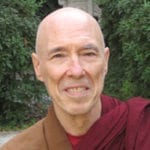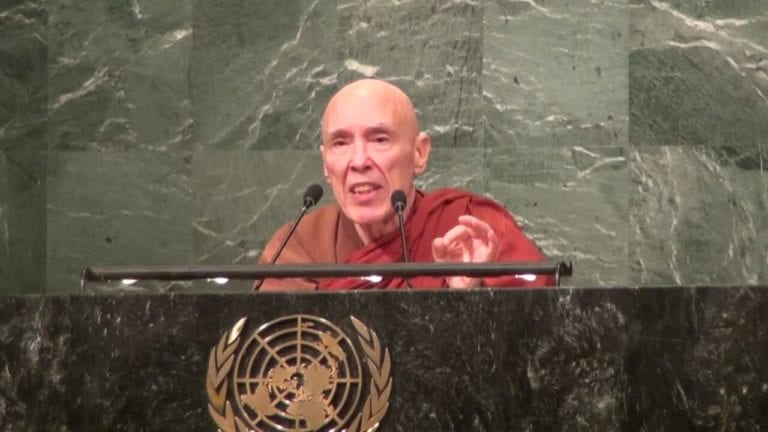“I’m reading Kandinsky, he speaks about green
as the resting point between yellow and blue
the color of tranquility and regeneration.
Surrounded by trees and water, I want
to be writing of peace, want to be moving into that deeper
harmony where earth and sea and sky seep into, into
every pulse of my blood. But I keep thinking
to write of peace right now is to be a tourist.”
Ann Fisher-Wirth from Dream Cabinet
Ebullience
When I heard poet Ann Fisher-Wirth reading these lines from her poem Dream Cabinet during National Poetry Month in April, I thought they perfectly captured the struggle that I feel celebrating the regenerative traditions of spring, including the major Buddhist holiday of Vesak, given the losses that our assault on healthy ecosystems has brought, is bringing, will bring. In the salon format of the poet’s presentation, she responded to her interviewer with the following counterpoint, which I liked so well I wrote it down: “Still, you don’t do the world any good if you can’t reach for ebullience.”
As Tara Brach notes in her dharma talk Oh Nobly Born, “What links these events is the radical and powerful message of all Buddhist teachings: We each have the potential to realize and live from an awakened heart and mind.” The symbols embedded in the stories of these three events relay the Four Noble Truths and teach us that we are all nobly born —that we all have the ability to wake up and see things as they are.
How can we mark this day in a way that rings true, as part of a global community of practitioners who care deeply about, and wish to act on behalf of, our living earth? Brach recounts the story of the Buddha’s life and his efforts to end suffering by seeking knowledge and adopting asceticism; when these did not succeed, he finally “resolved to become still, and to open to the mystery of his own heart and mind.”
What links these events is the radical and powerful message of all Buddhist teachings: We each have the potential to realize and live from an awakened heart and mind.
The lens of Green Vesak provides EcoSattvas one way to approach opening to the mystery. In 2016, the Global Buddhist Climate Change Collective (GBCCC), a diverse group of leaders from different Buddhist traditions, wrote Green Vesak – Compassionate Climate Action.
Green Vesak gives special attention to how the Buddha’s signal teachings help us recognize and act upon our interconnectedness with all beings. The Green Vesak statement notes that:
Vesak is an opportunity for Buddhist sanghas to come together, affirming our root connection from the Buddha and to create deeper relationships across traditions. Together we can raise awareness on climate change, recognizing that a greater ecological awareness and awakening of consciousness is needed. As Buddhists we must appreciate all that we have in common and turn our pluralism and diversity into strength for greater Buddhist climate action, and changing our lifestyles and expectations to protect our planet.
The recent gathering of Buddhists from many traditions at the People’s Climate Mobilization in Washington DC gave us a chance to deepen a pan-Buddhist commitment to act in the face of climate change. It was a joy and privilege to be there walking behind the “Embody Fierce Compassion” banners of One Earth Sangha. I recalled, in the wilting heat, the exuberant greenery of a rainy day just the week before, which I wrote about for my poem-a-day group:
Green
We squish about in the boggy parts down by the creek. Palustrine
wetland, I tell my rain-walk companions, meaning simply, marshy,
yet conjuring palaces—plashy, lustrous, and lush as this explosion
of skunk cabbage, a swath of extravagant, almost unnatural green,
band of brightness edging the spicebush and scattered fringetrees
now dangling their white blossoms like recently-tossed confetti.
Underfoot: swamp violet, star chickweed, Jack-in-the-pulpit unfurl,
and the star-shaped, puffy seed heads of Carex intumescens—
bladder sedge, pale yellow among tufts of lanceolate leaves.
Constant in all this flux, running cedar and princess pine, each
a vast plant network, linked underground, grow companionably
side-by-side in this shrub swamp ecotone. An hour in drizzle and mist,
teased by the chipping note of the hidden Louisiana water thrush,
is our tincture—as if a Luna moth enfolded us in powdered wings.
Like a medicinal tincture, a little dose of green can keep a person going for days. Many have noted how trees play an important symbolic role in the stories surrounding the birth, enlightenment, and death of Gautama Buddha, from the flowering tree near Lumbini his mother touched just before his birth, to the Bodhi tree under which he reached enlightenment, to the twin trees that bloomed out of season, as he died. Indeed, modern science is starting to find biochemical evidence for what we’ve always felt to be true: being with and among trees renews us in inexpressible ways.1Rx: 50 mg Nature: Ad Lib and How Walking in the Woods Benefits Your Health
As Brach explains, “the symbolism of the World Tree is that it stands at the center of the cosmos and is a common feature in many myths of salvation and freedom. It’s the place where divine energies pour into the world and where humans encounter the absolute—pure awareness.” (Oh Nobly Born)
Emergence
At the foot of the World Tree this Green Vesak, we still have to ask and answer the question Michael Pollan posits in an essay entitled “Why Bother?” Given what we know, he acknowledges, it’s reasonable to worry that if we go ahead and “bother” to inconvenience ourselves, even go so far as to make personal sacrifices, stop using plastic and stop eating beef and bicycle to work, someone on the other side of the planet or right next door will undo all we’ve done with their own patterns of consumption. Pollan points out, “there are so many stories we can tell ourselves to justify doing nothing, but perhaps the most insidious is that, whatever we manage to do, it will be too little, too late.”
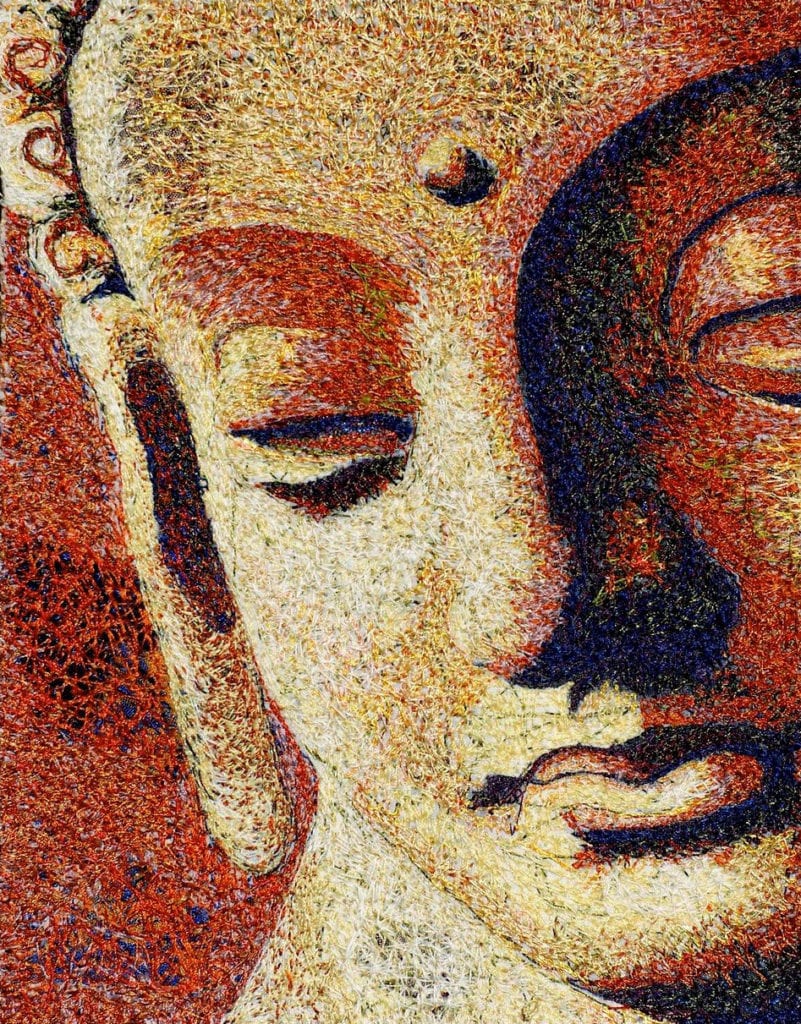
To counter this insidious story, Pollan has one “just do it” suggestion: grow a few vegetables. In a little window box, in a planter on an urban balcony, in your yard. He then goes on to explore a number of reasons why this one act of personal choice is more than “just” virtuous, including that it is one path to “heal the split between what you think and what you do, to commingle your identities as consumer and producer and citizen.”
It is too easy to fall into despair, and while we know that recycling and putting in LED bulbs are not enough, they are a place to start. But we also know we need to act on a broader scale and with more daring. What does that look like? How can we emerge from the personal into wider and wider circles of action? It happens that Pollan’s essay is embedded in a volume dedicated to answering those questions. In Drawdown, published in April 2017, project lead and editor Paul Hawken provides dozens of broad-scale actions and strategies that that show the interplay of personal and systemic approaches to EcoSattva action.
We know we need to act on a broader scale and with more daring. What does that look like? How can we start? How do we continue?
The book is one result of a multi-year project to find existing, proven, scalable strategies that draw down carbon dioxide levels. The actions range from educating girls, to promoting bicycle infrastructure, to some that were new to me, such as afforestation and biochar. In a dharma and Green Vesak context, we can frame these as actions or strategies, as skillful means rather than as solutions. Hawken recognizes this, and the transformative nature of the project ahead of us, pointing out that while we might be tempted:
…to believe that global warming is something happening to us—that we are victims of a fate that was determined by actions that precede us. If we change the preposition, and consider that global warming is happening for us—an atmospheric transformation that inspires us to change and reimagine everything we make and do—we begin to live in a different world.
Project Drawdown recognizes that many of the most effective responses to our climate crises are already in use and are not necessarily complex or technological; it also demonstrates that effective strategies entail systemic changes that will necessarily increase social justice. This fits in with the Buddha’s message that we already have within us the ability to awaken from the trance of denial. This Green Vesak we can both sit with and truly feel anguish over the reality of the climate crisis, stay open to the pain, and to the flux of change, and experience the necessary and healing joy of greenness as expressed by that most ebullient of poets, e. e. cummings:
if up’s the word; and a world grows greener
minute by second and most by more—
if death is the loser and life is the winner
(and beggars are rich but misers are poor)
—let’s touch the sky:
with a to and a fro
(and a here there where) and away we go
This piece was originally published on One Earth Sangha on May 9, 2017.
References
- 1

